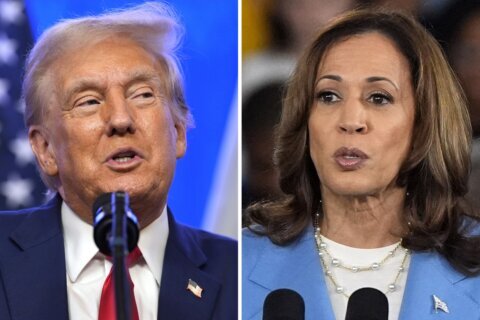Bank fees can be pricey, pesky and catch you off guard when you can least afford them. Incurring a bank fee every now and then might seem insignificant, but over time these charges can add up.
So what bank fees should you be looking out for, and how can you avoid them? Here’s what to know about and what to do.
[Read: Best Checking Accounts.]
Overdraft Fee
Banks levy this fee when a withdrawal (such as a check, debit card payment or direct debit) exceeds the available balance in your account. For example, if you have $100 in your checking account and charge a $150 transaction on your debit card, it will likely trigger an overdraft charge because your balance is short $50.
An overdraft fee typically costs around $35, but the total price of overdrawing an account can increase if it takes the banking customer multiple days to restock their account. “It’s a regressive fee,” says Peter Smith, senior researcher for the Center for Responsible Lending. “It charges more money to people who can less afford it.”
How to avoid it: The good news is that banks are required to ask customers to opt in to the overdraft service when they sign up for a new account. Savvy consumers will opt out. “Not opting in to this service is the best way to make sure you’re not penalized for having a lower balance than you thought,” Smith says. Without this service, overdrawn transactions may be declined, but the brief embarrassment may be preferable to a pricey fee.
You can also consider signing up for overdraft protection via automatic transfers from your savings to your checking account when your balance is low. You may pay a transfer fee, but it will still less than the overdraft fee, and most banks don’t charge fees.
[Read: Best Savings Accounts.]
Monthly Maintenance Fee
“Monthly maintenance fees serve as an additional revenue stream for banks and help offset the operational expenses incurred by providing services to their customers,” says Adrianna Adams, a certified financial planner and head of financial planning at Domain Money. She adds that banks also often employ monthly fees as an incentive to maintain higher account balances or open additional accounts, as banks will often waive these fees when the customer meets certain conditions.
How to avoid it: Start by shopping around. “Not all banks charge monthly maintenance fees, so you may be able to avoid it all together based on the bank and/or account type you choose,” Adams says. If your bank does charge a monthly fee, it may be avoidable if you meet certain criteria, such as carrying a large balance or automatically depositing a check each month.
[Read: Best Checking Accounts.]
ATM Fee
In most cases, you can use your own bank’s ATMs free of charge. Some banks also offer access to surcharge-free ATM networks, such as Allpoint. “However, if you need to use an ATM outside of your network, you will likely face charges from both your bank and the ATM owner,” Adams says.
How to avoid it: Adams says it’s important to be aware of which ATMs are in your bank’s network. If you’re in need of cash and can’t find an in-network ATM, she suggests asking for cash back when making a purchase at a store rather than relying on an out-of-network ATM, if possible.
You can also look for banks that don’t charge out-of-network fees, or reimburse a certain number of fees each month. Online-only banks and credit unions, with no branches and ATMs of their own, typically have the most generous reimbursement policies.
[See: Best High-Yield Savings Accounts]
Paper Statement Fee
These days, it’s common for banks to charge a fee if you receive paper statements in the mail. “By charging these fees, banks not only recoup some of their expenses related to printing and mailing, but they also incentivize clients to engage in more of their online banking services,” Adams says.
How to avoid it: Fortunately, avoiding this fee is pretty simple: Log into your online banking platform and enroll in eDelivery or paperless statements.
[Read: Best Money Market Accounts.]
Excessive Withdrawal Fee
Excessive withdrawal fees are charged on certain types of accounts when the number of withdrawals or transfers within a certain period, typically a month, exceeds the limit set by the bank. This type of fee is meant to discourage account holders from making frequent withdrawals from accounts that are intended longer-term deposits.
These limits were originally put in place under Federal Reserve Board Regulation D, which used to cap certain types of withdrawals and transfers from savings and money market accounts to six per month. While the Regulation D limit was suspended in April 2020, allowing banks the option to waive these limits, many financial institutions still apply their own limits and may charge excessive withdrawal fees if they’re exceeded.
How to avoid it: To avoid excess withdrawal fees, Adams says you should ensure you have enough cash in your checking account to cover any anticipated expenses so you don’t have to dip into your savings account often. “If you need to use money from your savings account, project your total need for the entire month and make one transfer or withdrawal to cover all upcoming needs,” she says.
More from U.S. News
Best Debit Card Rewards Programs
The Average Savings Account Balance
How to Avoid Bank Fees originally appeared on usnews.com







